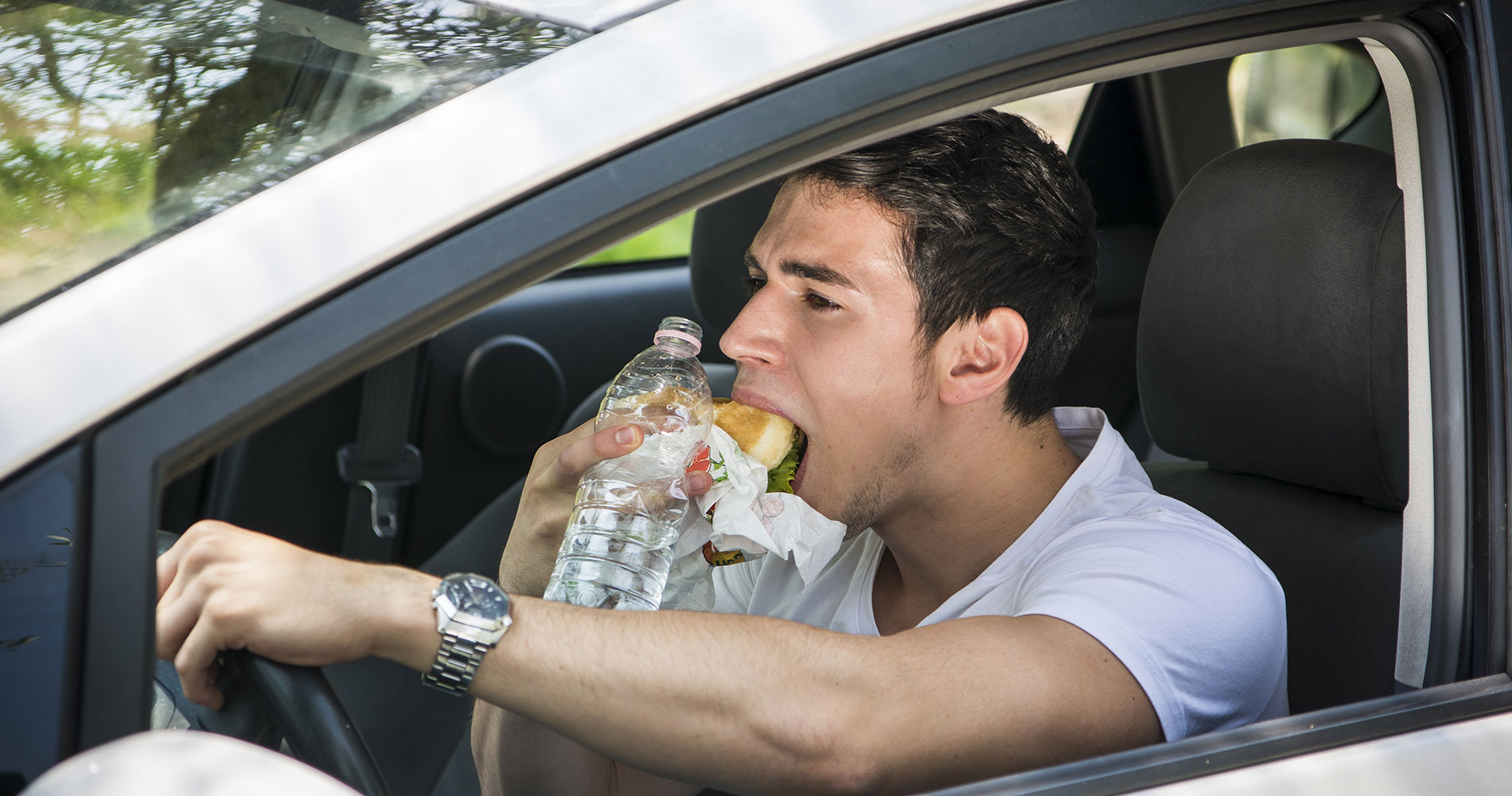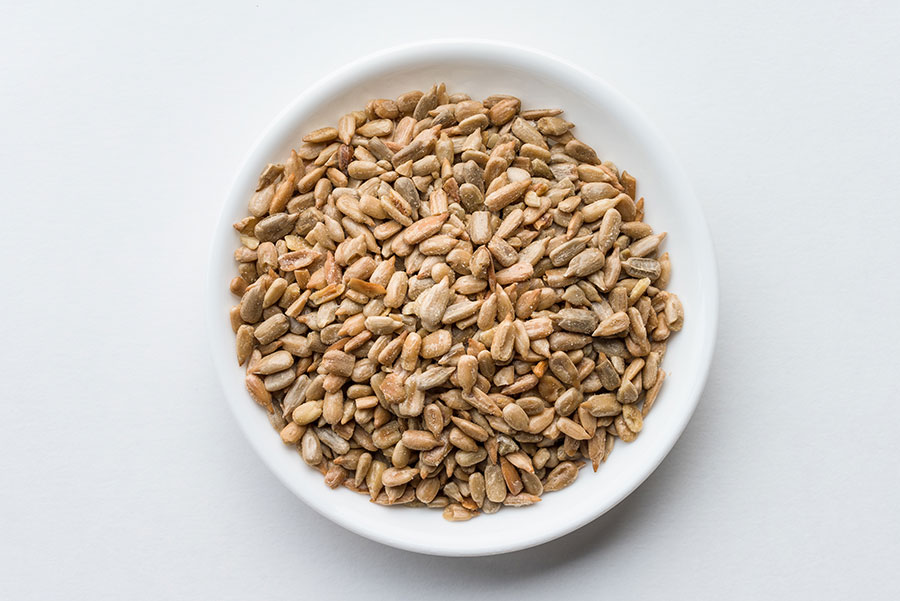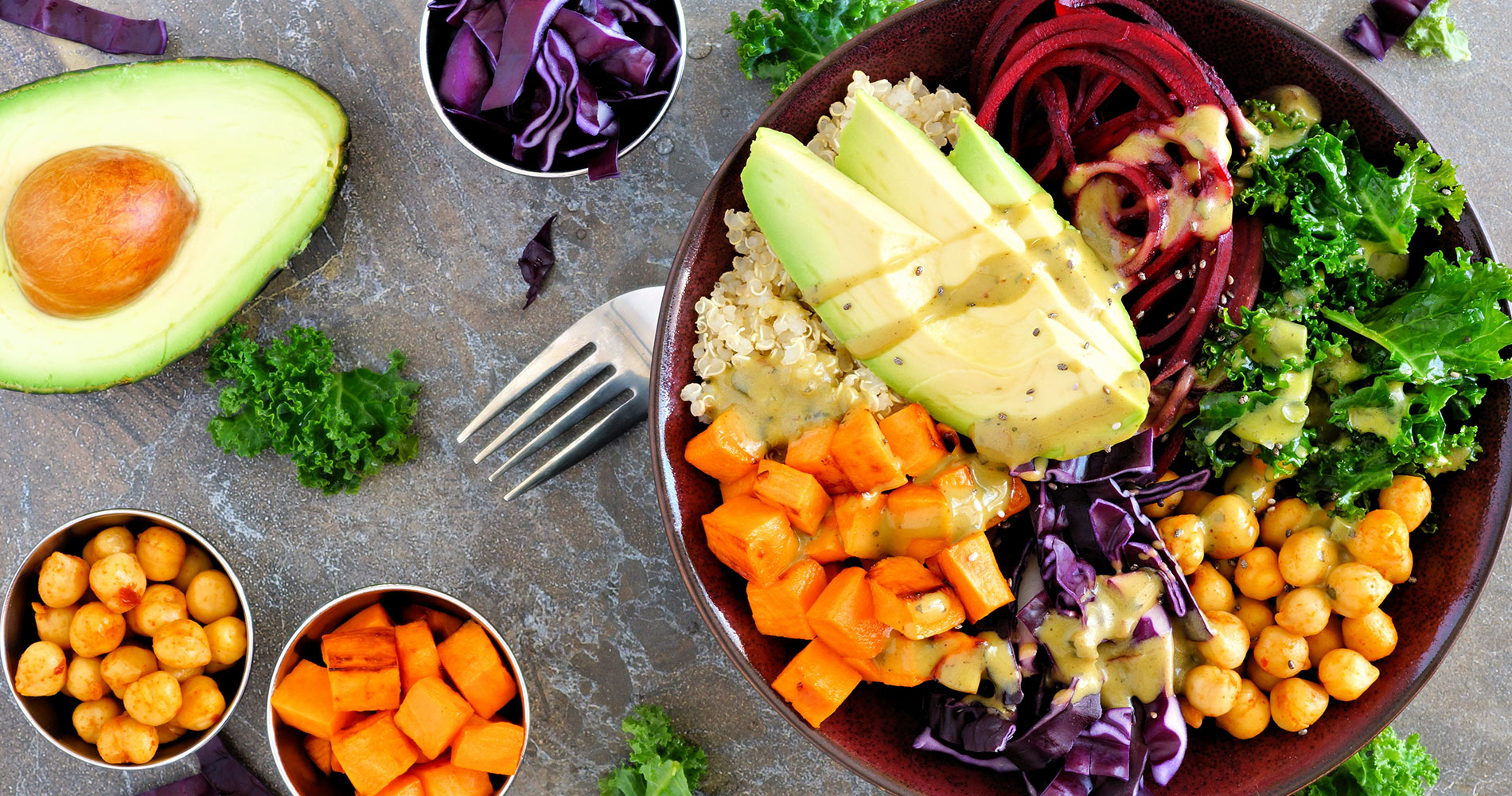If you read the title of this article, you might have thought about making food art on your plate or a cafeteria “Food Fight!” Perhaps, you imagined a picky kid pushing food around to hide his peas under the mashed potatoes. We don’t mean just arranging your food into pictures, but playing with your food is about spending time to manipulate and use your ingredients in unconventional ways. Okay, and having fun eating it, too!
See our previous article, 10 Surprising Food Combinations You’ll Love
Playing with your food could mean experimenting with unusual combinations, using an alternate preparation method, trying a foreign dish, or following a new recipe. You might put sandwich fixings on flatbread, or salad in a jar. The trend of bowl meals (usually grains, vegetables, greens, and protein) is a great example of adopting a foreign dish like Korean bibimbap and tailoring it to American fare. Maybe have an “opposite day” where dinner and breakfast are swapped. Hurray for French toast in the evening!




 Have a nutrition question? Our registered dietitian is ready to help!
Have a nutrition question? Our registered dietitian is ready to help!















